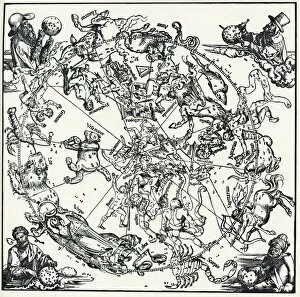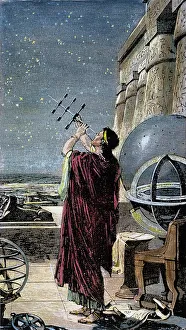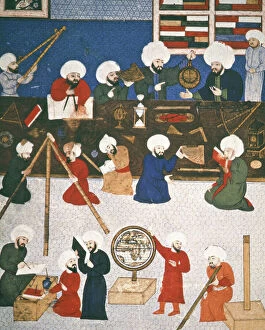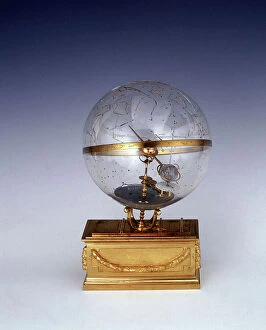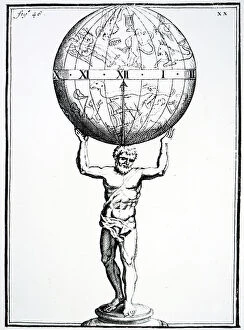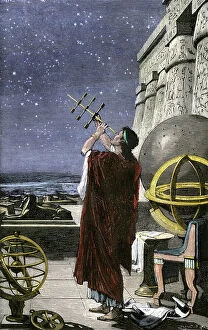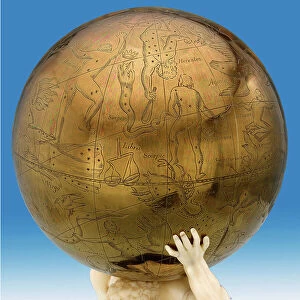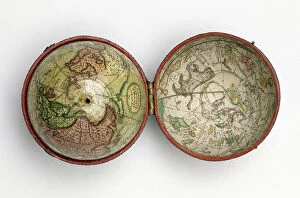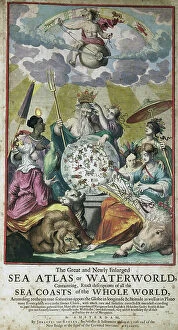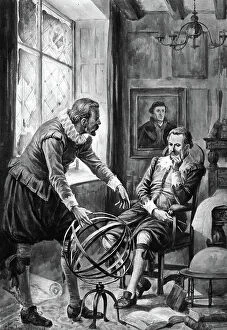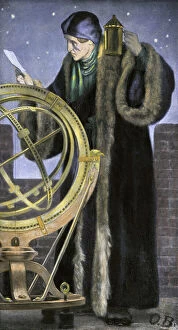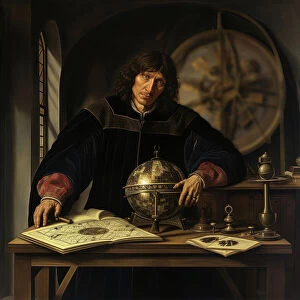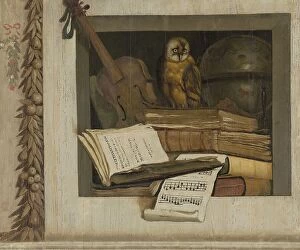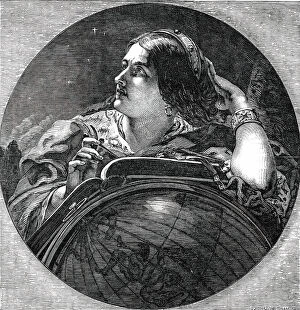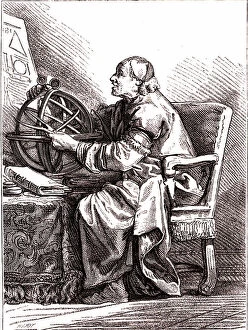Celestial Globe Collection
The celestial globe has long been a symbol of mankind's fascination with the stars and the mysteries of the universe
All Professionally Made to Order for Quick Shipping
The celestial globe has long been a symbol of mankind's fascination with the stars and the mysteries of the universe. Dating back to ancient times, this spherical representation of the heavens has captivated scholars, astronomers, and artists alike. One notable example is Durer's Celestial Globe from 1515. This masterpiece showcases intricate details of constellations and celestial bodies, reflecting the knowledge and understanding of the time. Centuries later, during his Italian tour in 1638-1639, John Milton had the privilege of visiting Galileo Galilei. This encounter between two great minds is immortalized in a line engraving by Annibale Gatti, capturing their shared passion for astronomy. Hipparchus, a Greek astronomer from 146-127 BC, dedicated his life to observing the stars. A 19th-century line engraving depicts him diligently studying celestial bodies as he contributes to our understanding of the cosmos. In Istanbul during the late 16th century, Turkish astronomers worked tirelessly at an observatory illuminated by Ottoman manuscript artistry. Their dedication highlights how different cultures have contributed to humanity's exploration of space. Claude Ptolemy was another influential figure in astronomy. As a Greek scholar and astronomer around 100 -170 AD. , Ptolemy made significant contributions to mapping celestial objects accurately. Before modern instruments like sextants were invented for navigation purposes at sea or land surveying activities on Earth; old instruments with sights were used for roughly marking positions of celestial bodies. These tools are depicted in historical line engravings that remind us how far we've come technologically. Artists throughout history have also celebrated astronomy through their work. "The Astronomer, " painted around 1668 by an unknown artist captures an individual deeply engrossed in studying heavenly bodies—a testament to human curiosity about what lies beyond our world. Even royalty found themselves drawn to these cosmic wonders.

